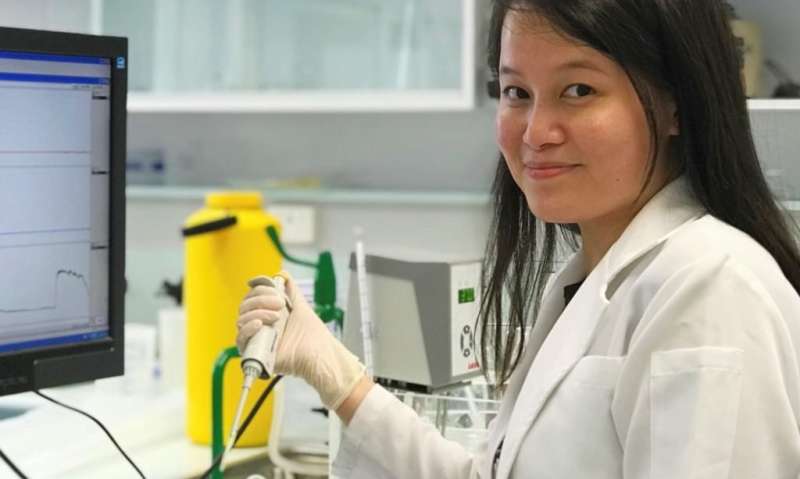Airway size in rats with a low birth weight is more varied than those born at a normal weight—which Western Australian scientists think may play a role in the development of asthma.
Around 2.5 million Australians suffer from asthma, causing breathing difficulties when they're experiencing an attack. But around 5-10 per cent of them suffer severe asthma, meaning they have difficulty breathing most, or all, of the time.
These people have a thicker muscle in the airways, which is a pathological feature of asthma.
"Reduced oxygen supply to the womb results in smaller babies. We know that small babies have an increased risk of developing asthma when they get older, but we don't know why," says the leader of the research, Kimberley Wang, previously of the Telethon Kids Institute and now at the University of Western Australia.
"We also know that there are structural changes in the airways of asthmatic patients, but we don't know how and when these abnormalities occur.
"My team found that the airway size within the lungs of adult rats that were born small are not as uniform as those of the adult rats that were born with average birth weight, which could have significant implications on how they breathe. So we're investigating the idea that the airway structures are already different at birth if the womb has a reduced oxygen supply."
The research was published in the journal Respirology.
More information: Kimberley C.W. Wang et al. Increased heterogeneity of airway calibre in adult rats after hypoxia-induced intrauterine growth restriction, Respirology (2017). DOI: 10.1111/resp.13071
Journal information: Respirology
Provided by Freshscience





















